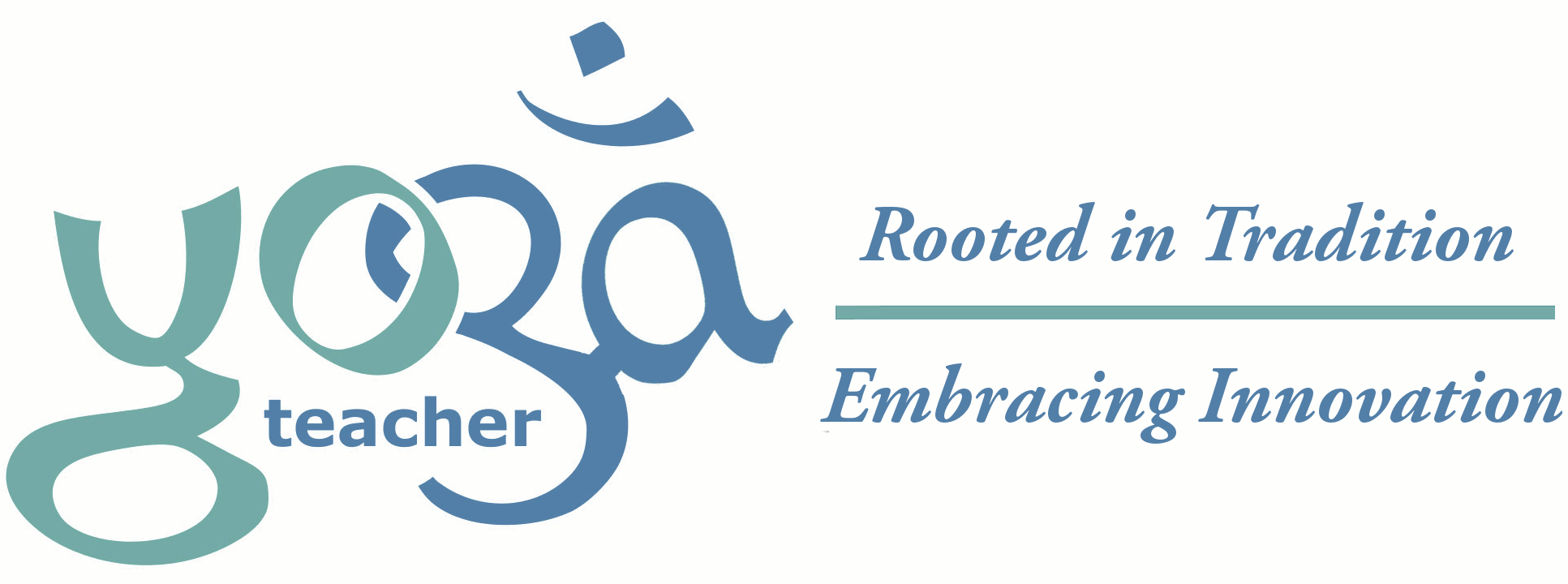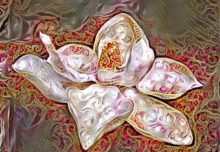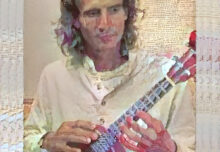Personal anecdotes often illuminate the transformative power of practical spirituality. Consider the experience of finding oneself in the depths of despair, burdened by the weight of life’s challenges. In such moments, the theoretical knowledge accumulated in the exploration phase might offer little solace. The seeker, versed in various spiritual philosophies and metaphysical concepts, may find themselves ill-equipped to navigate the storms of life. The chasm between theory and practice becomes evident, prompting the question: how can this acquired wisdom translate into meaningful change?
For me, this discrepancy gave rise to the concept of practical spirituality—a bridge between the theoretical and the actionable. The realization that a treasure trove of spiritual knowledge had little impact on the practical challenges of existence led to a crucial question: “Will it help me?” This question became a guiding light, helping to discern which teachings and practices were truly applicable to everyday life.
The journey from theory to practice is inherently personal, shaped by individual experiences and phases of life. A glance into the past reveals how evolving needs redefine the role of spirituality. The pursuit of healing during tumultuous teenage years shifted to a quest for personal betterment in the twenties and thirties. As life’s hardships resurfaced in later years, the focus returned to healing and the pursuit of humility. In this narrative, spirituality is a dynamic force that adapts to the evolving needs of the self.
 The power of these questions lies not just in their mere existence but in their application to real-life situations. This application is not a solitary endeavor; it’s a collaborative journey that thrives in the context of shared discussions and personal exercises. Retreats such as the Embodied Wisdom Retreat provide a platform to explore these questions collectively, to exchange insights, and to support one another in the transition from theory to practice.
The power of these questions lies not just in their mere existence but in their application to real-life situations. This application is not a solitary endeavor; it’s a collaborative journey that thrives in the context of shared discussions and personal exercises. Retreats such as the Embodied Wisdom Retreat provide a platform to explore these questions collectively, to exchange insights, and to support one another in the transition from theory to practice.
Interestingly, the recent global events, such as the COVID-19 pandemic, prompted a realization of how spiritual theories can sometimes become a form of escapism, a way to combat the ennui of isolation and uncertainty. This realization underscores the importance of striking a balance between exploration and application. The seeker’s journey is not solely about amassing knowledge but about wielding that knowledge to enhance lived experiences, to navigate challenges, and to contribute positively to the world.






